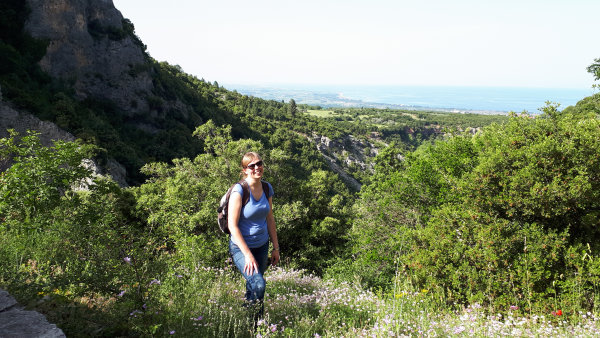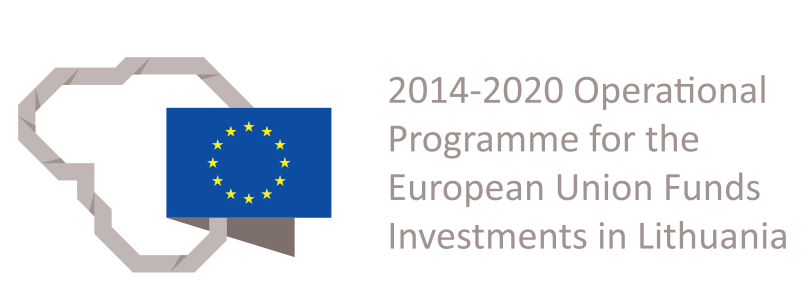
Dr. Rita Verbylaitė, a researcher of Forest Genetics and Tree Breeding department at Institute of Forestry, Lithuanian Research Centre for Agriculture and Forestry (LAMMC) was at internship at Aristotle University of Thessaloniki, Faculty of Agriculture, Forestry and Natural Environment, Laboratory of Forest Genetics & Tree Breeding. The internship lasted from the 6th of May to 14th of July 2019.
The aim of this internship is to strengthen the abilities to carry out high-level R&D activities through an internship at the Aristotle University of Thessaloniki, developing a methodology for forest genetic monitoring for Norway spruce. To achieve this aim, the microsatellite method of two Lithuanian and two Greek spruce populations was carried out during the internship.
During the internship Dr. Rita Verbylaitė held a seminar in which introduced the scientists and students of the Aristotle University of Thessaloniki, Faculty of Agriculture, Forestry and Environment with the Lithuanian Forestry System and Challenges, presented the genetic research of various tree species at the LAMMC Institute of Forestry.
The concept of a forest genetic monitoring system was formulated in 1996, but in practice the forest genetic monitoring system was launched only in 2011. The researchers of the University of Thessaloniki are also the initiators of the application of this genetic monitoring system. The internship supervisor Prof. Filippos Aravanopoulos introduced Dr. Rita Verbylaitė to the latest achievements, challenges and first results of the genetic monitoring system currently being developed. He shared his experience in developing forest genetic monitoring systems for the European Fir (Abies alba Mill.) and the Common Beech (Fagus sylvativca L.). Prof. F. Aravanopoulos and his scientific team shared his knowledge and helped to develop forest genetic monitoring methodology for Norway spruce in Lithuania.
The initial assessment of genetic diversity of spruce populations will allow to track future genetic diversity changes to be assessed not only in the populations surveyed but also in other Norway spruce populations from Lithuania and Greece. The results will allow to identify populations that require special protection due to changing genetic diversity, the Comparison of two spruce habitats from Lithuania and Greece makes it possible to draw a baseline and assess the differences in the level of genetic diversity between different ecological, climatic and environmental conditions, and the differences in genetic diversity of the spruce populations growing on the outskirts of the habitat. The collected data will allow to assess the changes in genetic diversity in these spruce populations that will occur over the next ten years.
This project has received funding from European Social Fund (project No. 09.3.3-LMT-K-712-14-0145) under grant agreement with the Research Council of Lithuania (LMTLT).
